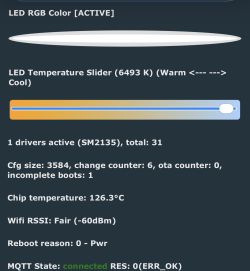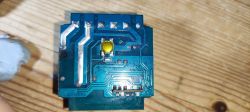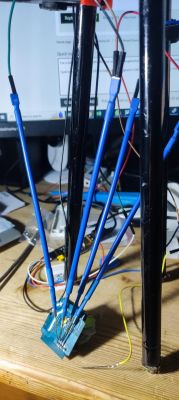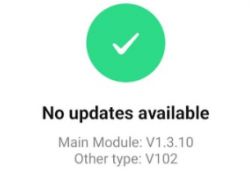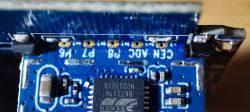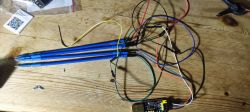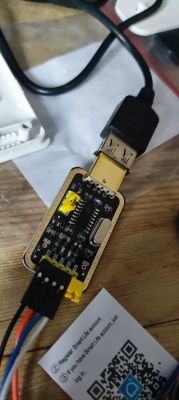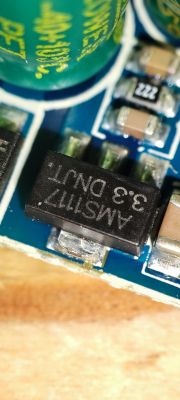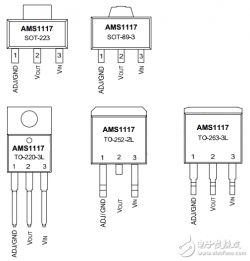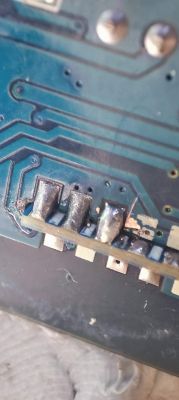There has been many versions of Mini Smart Switch.
1. Aubess 2gang Mini Smart Switch BK7231N /CB2S
2. mini smart switch - Belon BL2028N-
3. ZN268131 WB2S BK7231T WiFi Smart Switch that allows you to connect a bistable button
4. Cheapest Wi-Fi Switch You Can Buy For Your Smart Home
I came across another product which has diferrent internals but with CB2S/BK7321N.
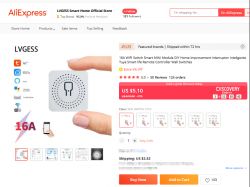
Software version was V1.3.8
I tried tuya-cloudcutter with many different profiles for BK7321N but was not successful.
Manual Flashing was the only way forward.
1. Opening the device was very easy. I used several guitar picks to release the tabs on the four corners.
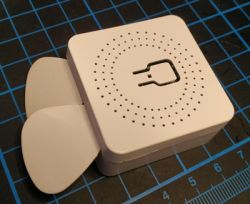
2. There were two daughter boards with CB2S module connected to a shorter daughter board (very similar to attaching the WB2S module in link 3 above)
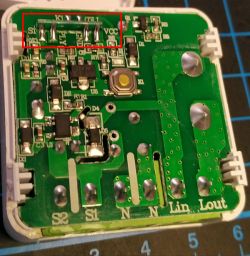
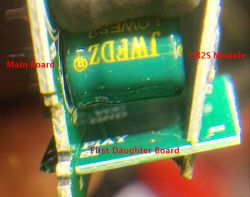
3. Instead of soldering wires I have decided to try out a different method to secure jumper wires to the soldering pads mechanically using custom made clips like these
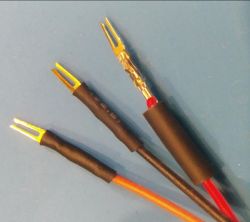
I made these by removing the pins from a female header connector and then crimping the fork like metal pin to a female jumper wire connector as shown.
4. Plan of the connections
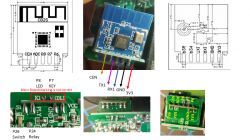
5. Since the CB2S module has pins on both sides which are arranged as alternate slots, my attachments can be secured so that only one side is touching a pin. However one has to be careful not to let the pin touch adjacent solder pads on either side.
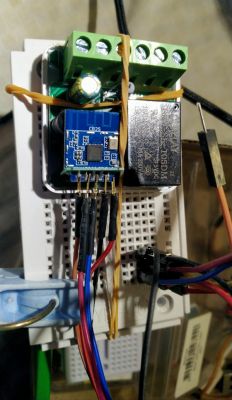
The leftmost pin touches the solder pad on the top side of the PCB while the rightmost 4 pins touches TX1, RX1, GND and 3V3 solder pads on the bottom side.
BTW, the TX1, RX1 pins have no connections to the daughter board. So no worry about removing the CB2S module for flashing.
6. Used python uartprogram for flashing
During dumping the existing firmware use of default high speed baudrate was successful. I used option to lower the baudrate to a very very low value and it was successful but took a way long time.
Flashing new firmware at default baudrate was successful.
1. Aubess 2gang Mini Smart Switch BK7231N /CB2S
2. mini smart switch - Belon BL2028N-
3. ZN268131 WB2S BK7231T WiFi Smart Switch that allows you to connect a bistable button
4. Cheapest Wi-Fi Switch You Can Buy For Your Smart Home
I came across another product which has diferrent internals but with CB2S/BK7321N.

Software version was V1.3.8
I tried tuya-cloudcutter with many different profiles for BK7321N but was not successful.
Manual Flashing was the only way forward.
1. Opening the device was very easy. I used several guitar picks to release the tabs on the four corners.

2. There were two daughter boards with CB2S module connected to a shorter daughter board (very similar to attaching the WB2S module in link 3 above)


3. Instead of soldering wires I have decided to try out a different method to secure jumper wires to the soldering pads mechanically using custom made clips like these

I made these by removing the pins from a female header connector and then crimping the fork like metal pin to a female jumper wire connector as shown.
4. Plan of the connections

5. Since the CB2S module has pins on both sides which are arranged as alternate slots, my attachments can be secured so that only one side is touching a pin. However one has to be careful not to let the pin touch adjacent solder pads on either side.

The leftmost pin touches the solder pad on the top side of the PCB while the rightmost 4 pins touches TX1, RX1, GND and 3V3 solder pads on the bottom side.
BTW, the TX1, RX1 pins have no connections to the daughter board. So no worry about removing the CB2S module for flashing.
6. Used python uartprogram for flashing
During dumping the existing firmware use of default high speed baudrate was successful. I used
-b 9600Flashing new firmware at default baudrate was successful.
Cool? Ranking DIY





